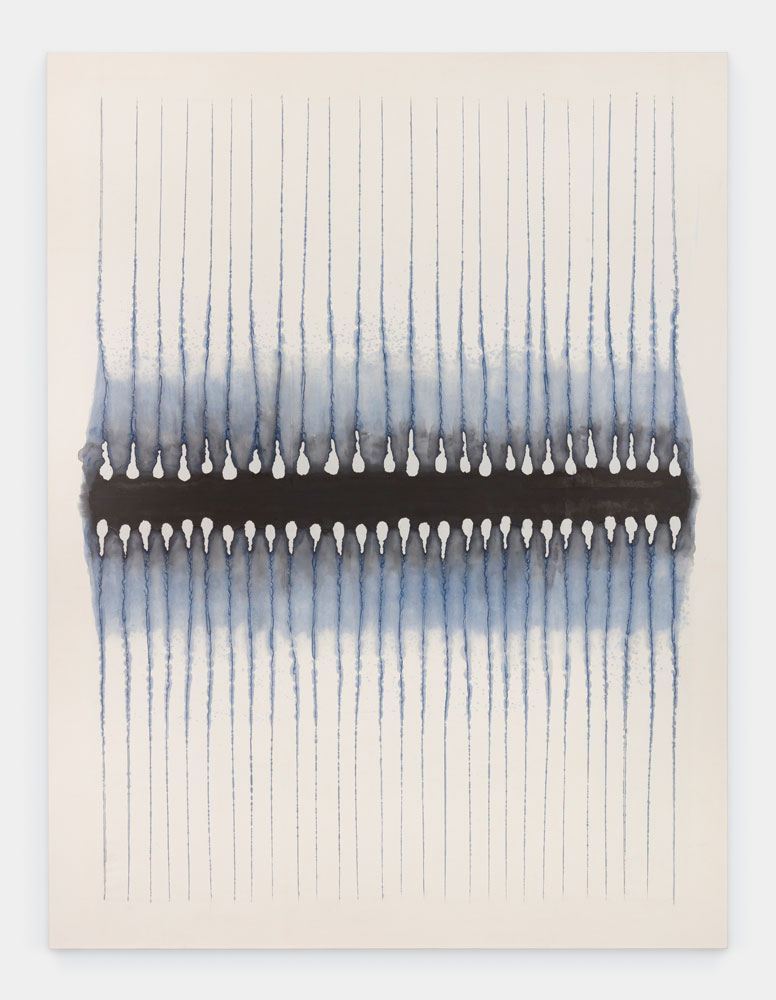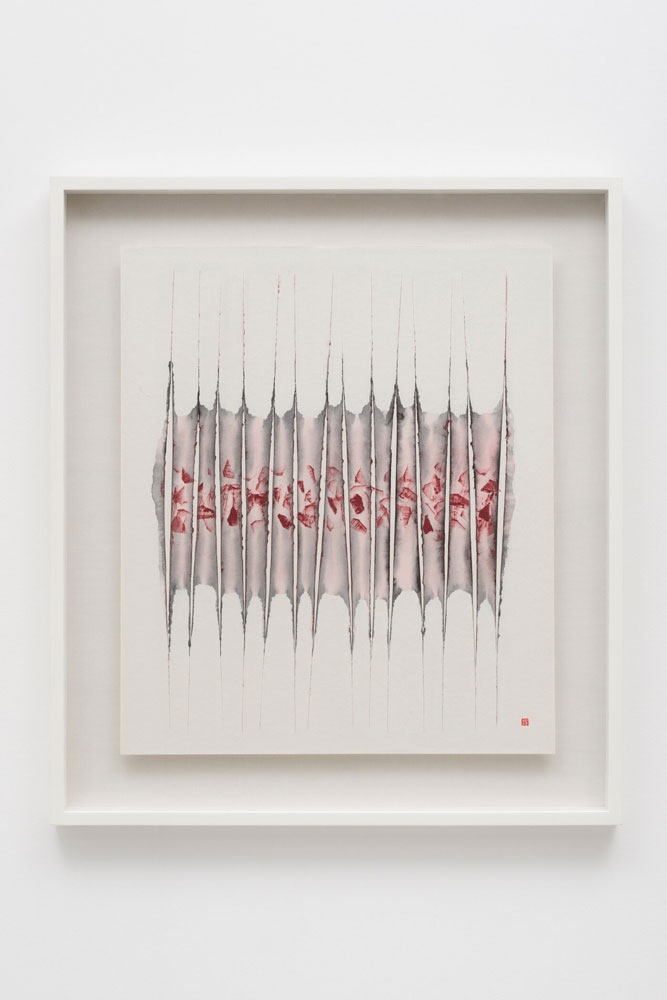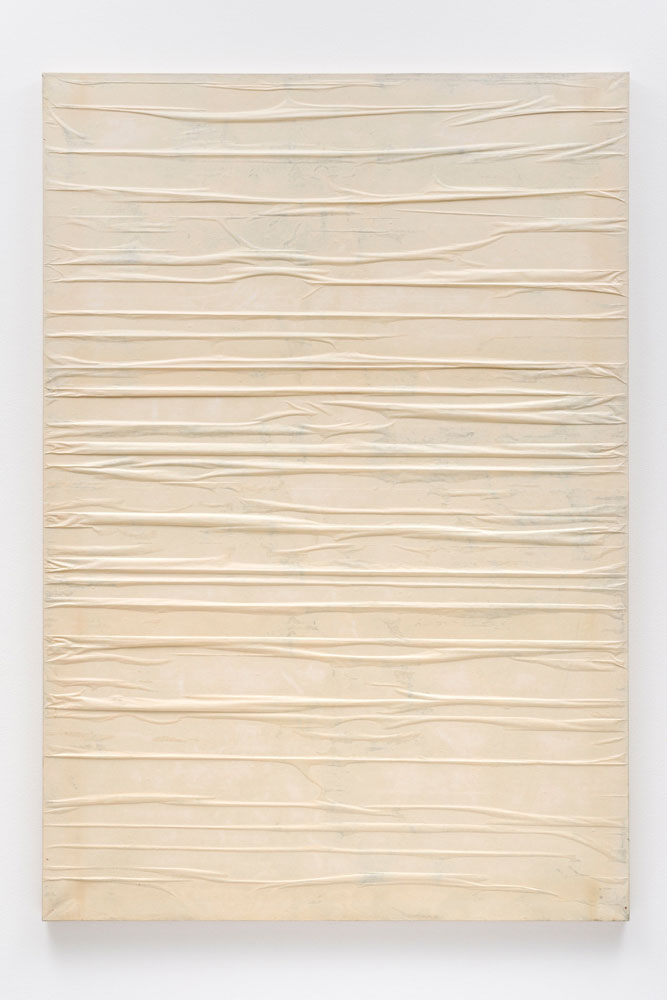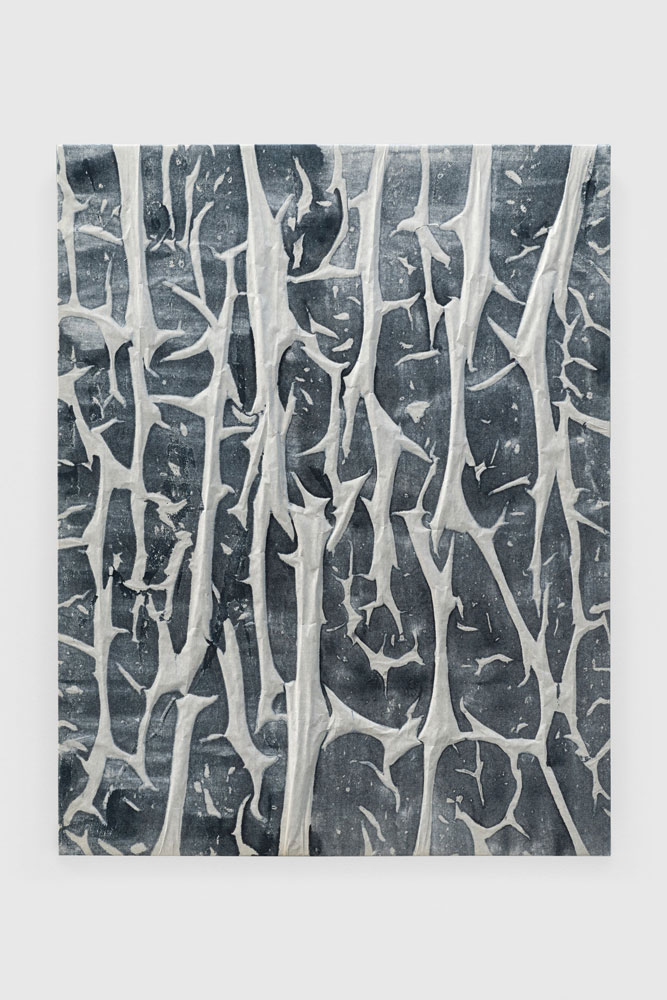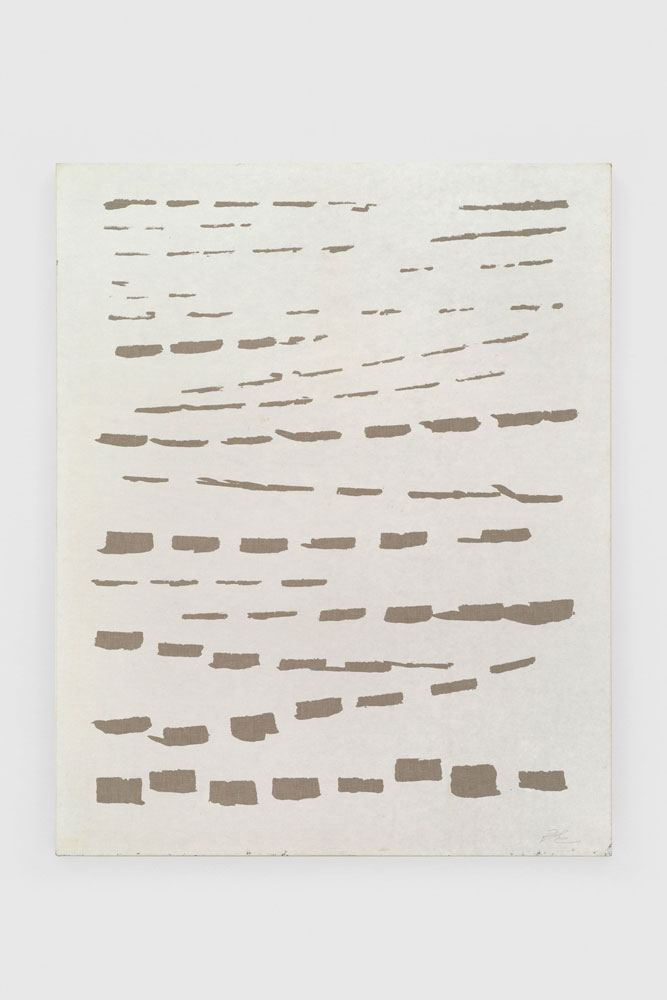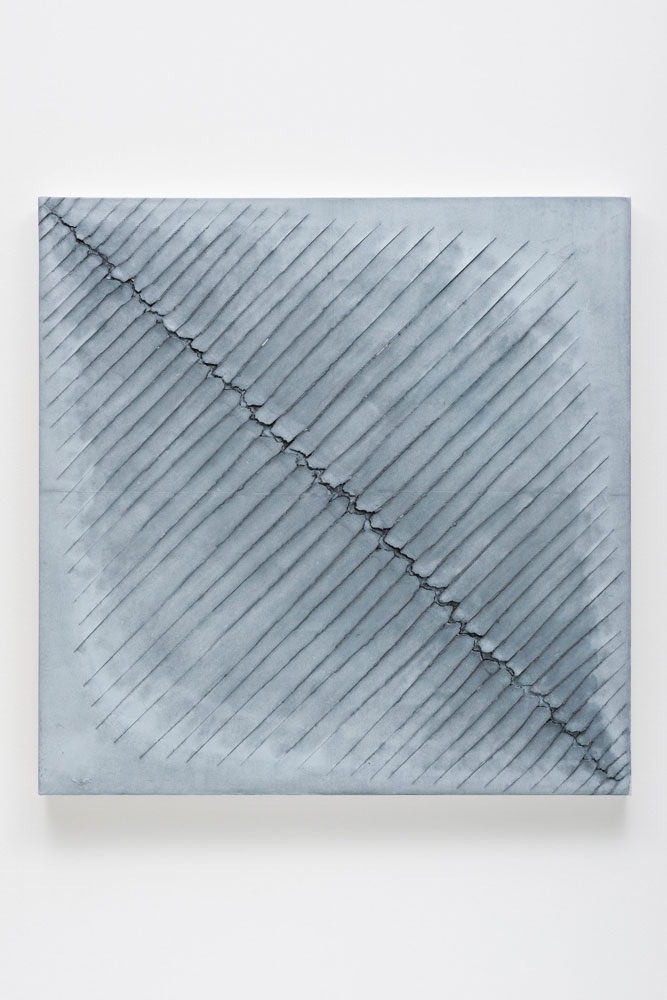ART CITIES:Tokyo-Kwon Young-woo
 A decade older than Lee Ufan and the other artists associated with Dansaekhwa, Kwon Young-woo’s practice was fundamental to the development of the movement. Though the term literally translates as “monochrome painting,” it is better understood in terms of the processes the artists employed. Variously ripping paper, dragging pencils, pushing paint, and soaking canvas, the artists manipulated the materials of painting in ways that questioned the terms by which the medium was known.
A decade older than Lee Ufan and the other artists associated with Dansaekhwa, Kwon Young-woo’s practice was fundamental to the development of the movement. Though the term literally translates as “monochrome painting,” it is better understood in terms of the processes the artists employed. Variously ripping paper, dragging pencils, pushing paint, and soaking canvas, the artists manipulated the materials of painting in ways that questioned the terms by which the medium was known.
By Efi Michalarou
Photo: Blum & Poe Gallery Archive
Ink on paper works by Kwon Young-woo are shown for the first time in Japan. Despite his many artistic transformations, Kwon Young-woo (1926–2013) managed to provoke several versions of the same response over the course of his six-decade career. At the 1954 National Exhibition in his native South Korea, the young artist showed with a group of ink painters who were described in as “the new avant-garde of Eastern painting,” a tendency critics saw in works such as “Sculptor’s Studio” (1954), an ink-on-paper rendition of a room cluttered with easels and half-finished, semi-abstract sculptural forms. More than 40 years later, when Kwon was awarded the 1998 Artist of the Year prize at Korea’s National Museum of Modern and Contemporary Art, curator Junmo Jung once again presented him as a modern literati painter, an artist who transforms our “seemingly stopped, traditional aesthetics . . . [into] a constantly progressing tradition”. The works in the accompanying exhibition, however, bore little resemblance to what Kwon had produced in the 1950s. For this show, the National Museum was bathed in white: the walls were hung with large-scale works consisting of ordinary objects—clothes hangers, nails, license plates—arranged neatly on flat surfaces and encased in bright, white layers of mulberry paper. Outside were sculptures made from discarded plastic rice-wine bottles, densely stacked to form translucent, white masses. Throughout his career, Kwon struck a rare balance between tradition and the avant-garde, developing a style that embodies the themes of national identity, rupture and continuity—themes that have served as touch-points for the Korean art world since the early 20th century. Kwon went further, though, than just enacting Asian traditions with a modern sensibility: his work sought to nullify the distinctions between East and West, and between disparate genres of art, while maintaining certain core aesthetic values. His development over the decades leading up to the all-white exhibition at the National Museum can be seen as an extension of this kind of philosophy of tradition: beginning as a representational ink painter and systematically removing representation, and then ink itself, from his work, Kwon proposed a medium—in his case, paper—as the primary source of aesthetic value. This innovation would also position Kwon as a leading figure in Dansaekhwa, the monochrome-painting movement that emerged in South Korea in the 1960s whose continued impact can be seen in the many exhibitions promoting it in the United States and Europe over the past three years.
Photo: Kwon Young-woo, Untitled (detail), 1986, Gouache, Chinese ink on Korean paper, 39 3/8 x 31 5/8 inches, © Kwon Young-woo, Courtesy the artist and Blum & Poe Gallery
Info: Blum & Poe Gallery, Harajuku Jingu-no-mori 5F 1-14-34 Jingumae Shibuya, Tokyo, Duration: 3/4-22/5/2021, Days & Hours: Tue-Sat 11:00-19:00 (by appointment only, book here), hwww.blumandpoe.com

